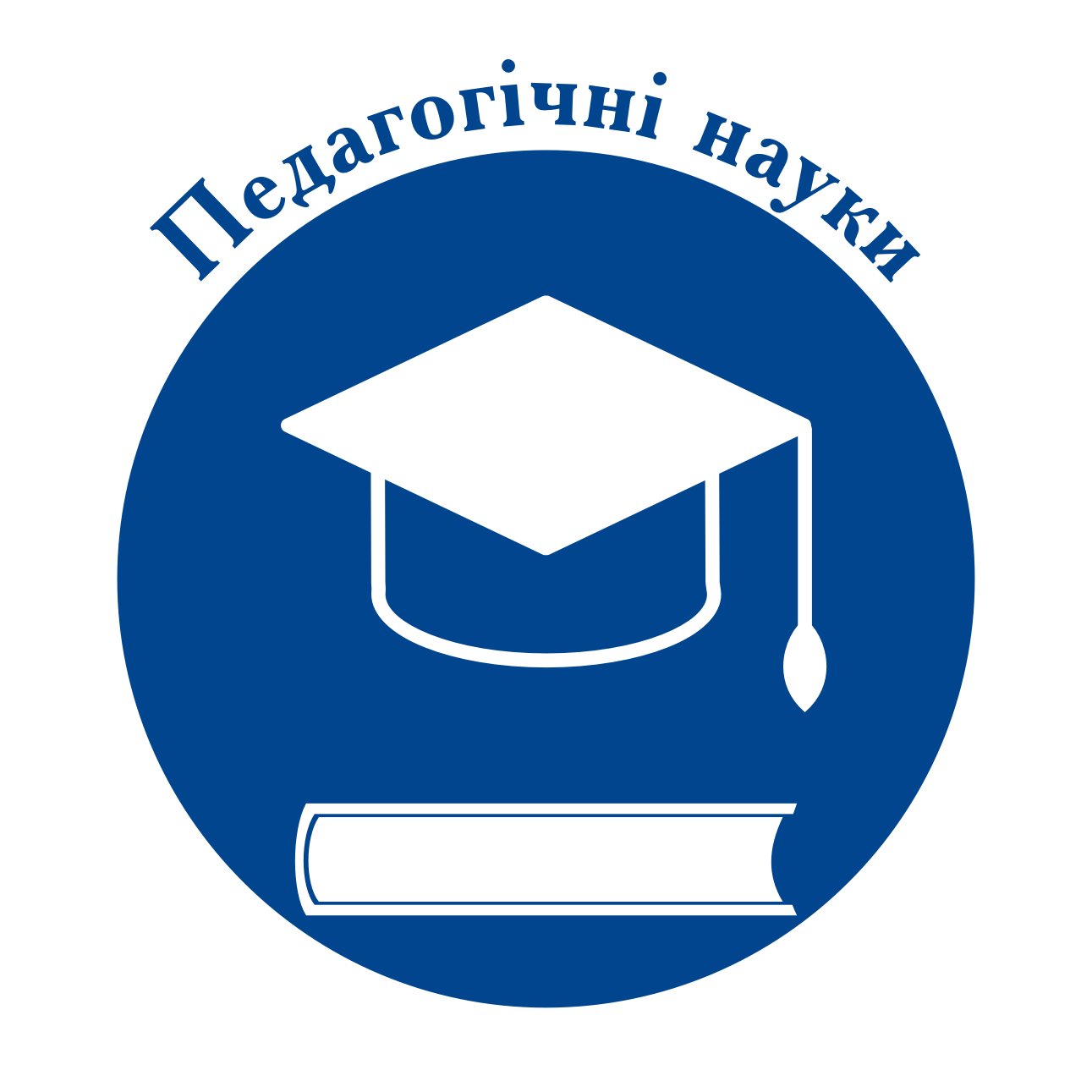ІНТЕРАКТИВНІ ТЕХНІКИ ЯК ВАЖЛИВИЙ РЕСУРС ПІДГОТОВКИ МАЙБУТНІХ ПЕДАГОГІВ ДО ДІАГНОСТИЧНОЇ ДІЯЛЬНОСТІ
Анотація
У статті розглянуто можливості інтерактивної техніки як важливого ресурсу підвищення якості підготовки майбутніх педагогів до діагностичної діяльності в умовах університетської освіти; схарактеризовані фактори продуктивності діагностичної діяльності, її структурні компоненти; розкрито, особливості інтерактивних технік, їх різноманітність, специфіку, функції, аналіз рівня готовності студентів до їх використання в освітньому процесі, впливу на характер підготовки до діагностичної діяльності як важливого чинника формування творчої особистості в умовах навчального закладу. Мета статті – виявити можливості інтерактивної техніки в підготовці майбутніх педагогів до діагностичної діяльності як важливого ресурсу успішності формування їхньої творчої особистості в умовах університетської освіти. За допомогою сукупності методів (вивчення наукової літератури, аналіз ідей теоретичних положень, спостереження, бесіди, тестування, моделювання педагогічних ситуацій, математична обробка отриманих результатів, педагогічний експеримент) обґрунтовано різні види інтерактивних технік: групи організаційно спрямованих і змістовно-смислових, особливості їх впливу на формування кожного компонента діагностичної діяльності. Результати формувального експерименту підтвердили можливості використання інтерактивних технік у професійній підготовці майбутніх педагогів до діагностичної діяльності в спеціально створених педагогічних умовах, оновлення її змісту, методики й технології, використання діагностичного інструментарію, що позитивно впливає на професійне становлення майбутніх педагогів у системі університетської освіти. Проведене дослідження дало змогу зробити висновки, що ефективність професійної підготовки майбутніх педагогів до діагностичної діяльності суттєво підвищується шляхом використання інтерактивної техніки, розроблення її функцій і методичних засад реалізації в практиці закладу вищої освіти в спеціально створених педагогічних умовах.
Посилання
2. Малигіна М.П. Використання інтерактивних технік у західної практиці підготовки менеджерів та персоналу організації до ефективної управлінської взаємодії. Вісник Національного технічного університету, 2002. № 1 (4). С. 75–82
3. Мартиненко С.М. Основи діагностичної діяльності вчителя початкової школи : навчально-методичний посібник. Київ : Сім кольорів, 2010. 262 с.
4. Шапран Ю. Діагностика професійної компетентності студентів педагогічного університету методом аналізу поведінкових індикаторів. Вісник Черкаського університету. Серія «Педагогічні науки». Черкаси, 2015. С. 141–148
5. Austin, Vance L. Effective Behaviors Employed by Successful Teachers of Students with Learning and Emotional Challenges. Paving the Pathway for Educational Success: Effective Classroom Strategies for Students with Learning Disabilities. 2018. 109 р.
6. Clement, Mary C. What Successful Teachers Do: A Dozen Things to Ensure Student Learning. Rowman & Littlefield, 2019.
7. Moral and psychological readiness for pedagogical activities – the result of the strategy of student centrism of the university educational process / L.V. Kondrashova et al. Revista on line de Política e Gestão Educacional, Araraquara. 2022. V. 26. № esp. 1. P. 1–14.
8. Ripley, Dale. The Successful Teacher’s Survival Kit: 83 Simple Things that Successful Teachers Do to Thrive in the Classroom. Rowman & Littlefield, 2018.




